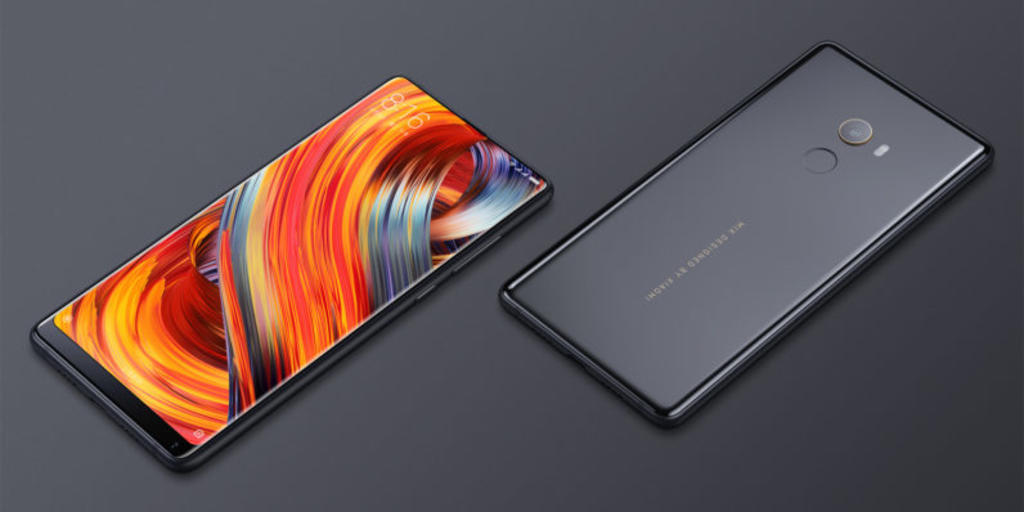Simplicity
One of the largest differences that exist between Android and iOS is the simplicity that is associated with each system. Whole iOS is a closed system that cannot be accessed, Android is an open system where anybody can download, modify, and install on their device. While this is complex and is mostly done by developers as a way to further customize the device, it adds a layer of complexity that is not present with iOS devices. With iOS systems, users are given everything that they need without the ability to further customize it beyond what is given, creating a highly simplistic user experience. Given this, the experience that users receive on each Android device is going to be slightly different whereas iOS devices offer the same experience across all of their devices.
Customization
In terms of ability to customize the device, Android is a system that has a diverse range of developers that have taken advantage of the open source software of Android. For example, many widgets, loaders, and customization packs are now readily available as a result. Contrast to this, iOS is limited in the ability to customize the device in a significant way given the closed nature of the software unless some extremely complicated modifications are made using third-party software. Given this difference, for those who are looking to customize their device in a major way such as the overall experience or widgets that are available, Android is the operating system that should be used. Opposite to this, those who are interested in a plug-and-play device that does not require a significant amount of customization should opt for iOS devices.

Hardware Variety
In terms of the devices that are available for each operating system, Android and iOS devices greatly differ from each other. As the Android OS is open source, it is implemented into hundreds of devices that range in brand from HTC to Samsung and lesser known brands. In contrast to this, iPhones are extremely limited to various versions of itself without much deviation from their traditional look and feel. Although the selection offers fewer devices than Android enabled devices, there is greater consistency for those who are regular users of iOS whereas the experience that users get with the different Android devices may vary more. Although this is entirely up to the preferences of users, those who want a more customized experience are able to enjoy a wider range of Android devices as it is on almost all devices beyond Apple products. For example, various companies are innovating their devices which have the Android system whereas all innovation on iOS must come from Apple.
Device Management
For those who are less technically experienced, the iOS system is great for the least complex management of the device. However, when users seek a greater degree of customization to include access to the root files and a mobile “My Computer”, Android gives access to all of the device’s files in a centralized location such as saved data or images, something that cannot be done with iOS devices. Furthermore, the ability to transfer files from a computer to the device is greatly different between iOS and Android devices. For example, iOS requires the installation of iTunes to sync and store photos, music, and movies before they can be transferred to the mobile device whereas many Android devices can have files synced immediately without the need for additional software. This notion of requiring additional steps to transfer files is one of the only aspects of iOS that are more complex than Android devices and deters many people from using Apple products. Therefore with the management system of both devices, Android systems are typically more versatile in transferring files between devices whereas Apple products restrict the management capabilities to simplify the overall process.
Device Pricing
One of the biggest differences that exist between iOS and Android operating system is the price associated with the devices that the system operates on. While Apple device can run over $1,000 as with the new iPhone X, many Android phones are more economical and may only cost a few hundred dollars for the latest device. For this reason, there are more android users globally than there are iOS users given the cost constraints for purchasing a device. Although iOS devices are generally priced higher, there is no direct correlation to quality or function, but rather only influences user perception of the device. While some Android devices can cost as much as an iPhone, they typically are not priced as high and have alternatives that are more cost efficient.
Given the differences that exist between Android and iOS operating systems and devices, many people must choose between the options when buying a new phone. While they are very different in their own ways, the selection is based entirely on personal preference as users can choose between a device that is more simple to operate or one that offers a greater degree of flexibility.













